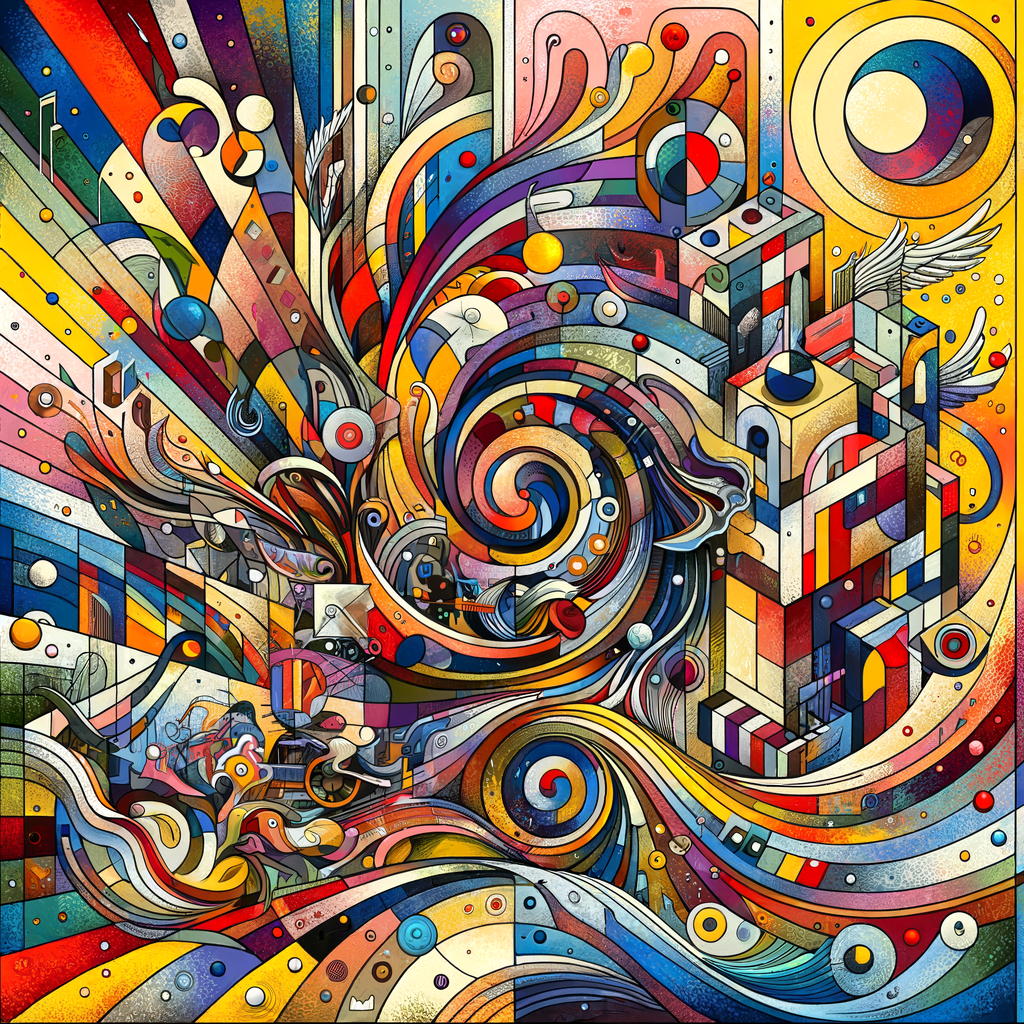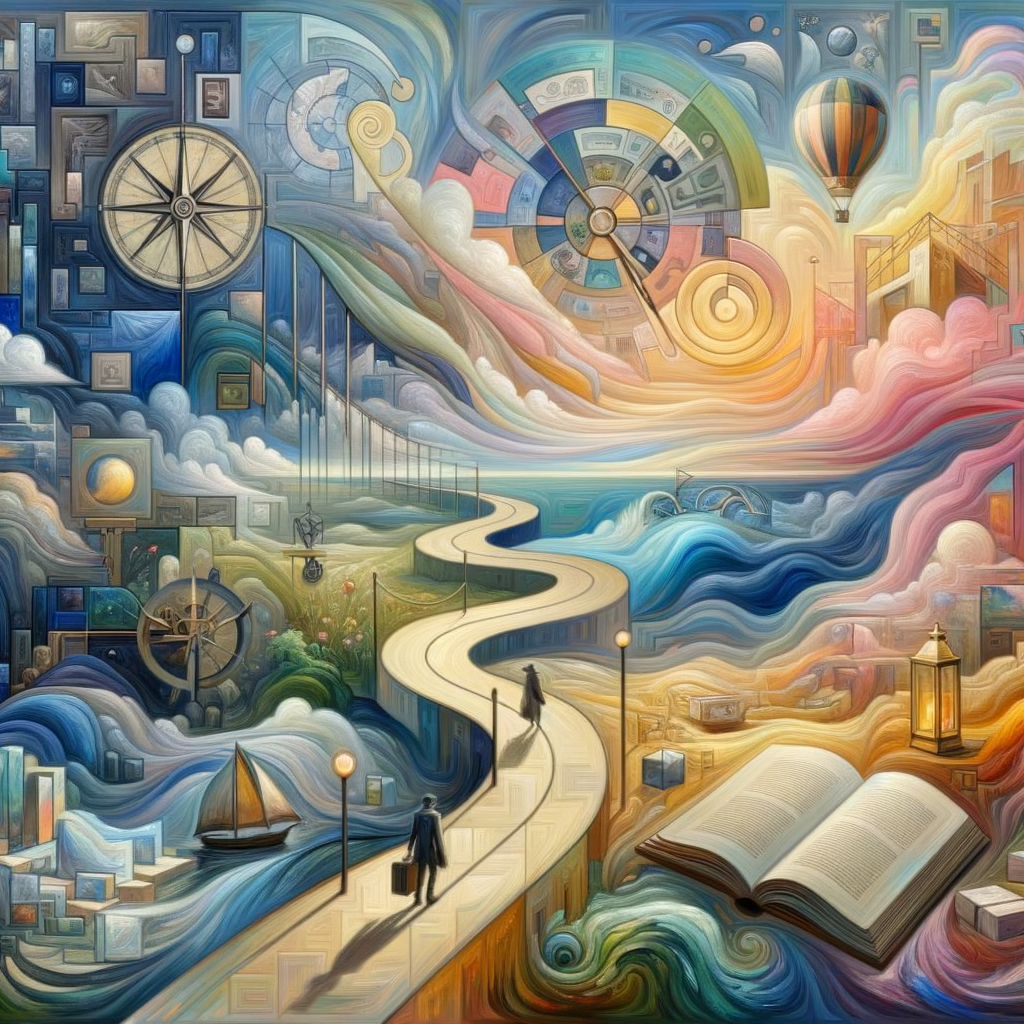Part 1 of the Policy Shapers: Governing the Media Landscape series
In an era heralded for its unprecedented access to information and freedom of expression, the emergence of a new form of suppression—digital censorship—casts a long shadow over the landscape of press freedom. This installment of the Silencing the Signal series delves into the intricate web of digital censorship, drawing parallels to the historical Iron Curtain but in a contemporary, virtual guise.
As the digital realm becomes the principal battlefield for information dissemination, governments and non-state actors have found sophisticated means to control the narrative, suppress dissent, and manipulate public opinion. Digital censorship, the modern-day equivalent of the Iron Curtain, is not defined by concrete walls or barbed wire but by firewalls, algorithms, and digital surveillance. This evolution marks a critical shift in the mechanisms of censorship, adapting to the technological advances that were once believed to be impervious to authoritarian control.
China’s Great Firewall stands out as a stark embodiment of digital censorship. Beyond just blocking access to foreign websites such as Google, Facebook, and Twitter, it encompasses an elaborate system of surveillance, content filtering, and manipulation designed to maintain the Communist Party’s grip on power. Critics and dissenters are systematically silenced, and the populace is fed a curated version of reality that upholds the state’s narrative. This digital fortress not only isolates the Chinese population from the global discourse but also sets a chilling precedent for digital autocracy.
In Russia, the government has taken a different tack by enacting laws that give it broad powers to control the online landscape. The Sovereign Internet Law, for example, aims to create a “national internet” that the state can disconnect from the global internet at will. Coupled with relentless cyber attacks on independent news sources and the criminalization of dissent online, Russia’s approach to digital censorship merges technology with legal coercion to stifle free expression.
The implications of digital censorship extend beyond national borders, posing significant challenges to the global order. The spread of misinformation, state-sponsored cyber warfare, and the undermining of democratic processes illustrate the transnational nature of these threats. As authoritarian regimes export their censorship technologies and tactics, the digital Iron Curtain not only bifurcates the global internet but also threatens the very foundation of international cooperation and free exchange of ideas.
Moreover, the proliferation of sophisticated surveillance technologies—such as facial recognition and AI-driven content moderation—has turned the digital sphere into a panopticon, where every click, post, and tweet can be monitored and punished. The insidious nature of digital censorship lies in its capacity to operate invisibly, leaving individuals unaware of the boundaries of their digital freedom until they are transgressed.
Confronting digital censorship requires a multifaceted approach that combines technological innovation, international diplomacy, and grassroots activism. Promoting digital literacy, developing anti-censorship tools, and fostering international norms that uphold internet freedom are imperative in tearing down this new Iron Curtain.
As we delve deeper into the intricacies of silencing the signal in the digital age, the paramount importance of safeguarding the internet as a space for free expression and information exchange becomes ever more evident. The battle against digital censorship is not merely a fight for the soul of the internet but for the preservation of the global democratic ethos. In this uncharted territory, vigilance, resilience, and innovation are our greatest allies in ensuring that the digital age remains a beacon of freedom rather than a digital dystopia.












